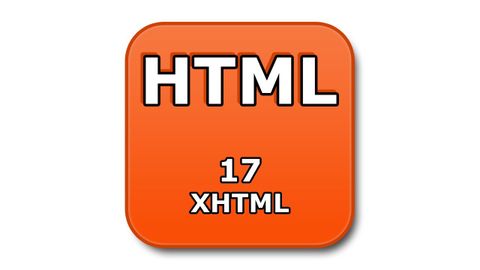
Subtitles & vocabulary
HTML Tutorial - 17 - XHTML
00
Ted zhang posted on 2015/01/26Save
Video vocabulary
recommend
US /ˌrɛkəˈmɛnd/
・
UK /ˌrekə'mend/
- Transitive Verb
- To advise or suggest that someone do something
- To endorse or support something publicly.
A2TOEIC
More place
US /ples/
・
UK /pleɪs/
- Transitive Verb
- To put someone in a particular type of situation
- To put something in a certain location or position
- Noun (Countable/Uncountable)
- Particular location, area or region
- A position in a sequence or structure.
A1TOEIC
More alternative
US /ɔlˈtɚnətɪv, æl-/
・
UK /ɔ:lˈtɜ:nətɪv/
- Countable Noun
- Something different you can choose
- Adjective
- A different choice
A2TOEIC
More language
US /ˈlæŋɡwɪdʒ/
・
UK /ˈlæŋgwɪdʒ/
- Noun (Countable/Uncountable)
- Words or signs used to communicate messages
- A specific system for communication, such as English or French.
A1TOEIC
More Use Energy
Unlock All Vocabulary
Unlock pronunciation, explanations, and filters
